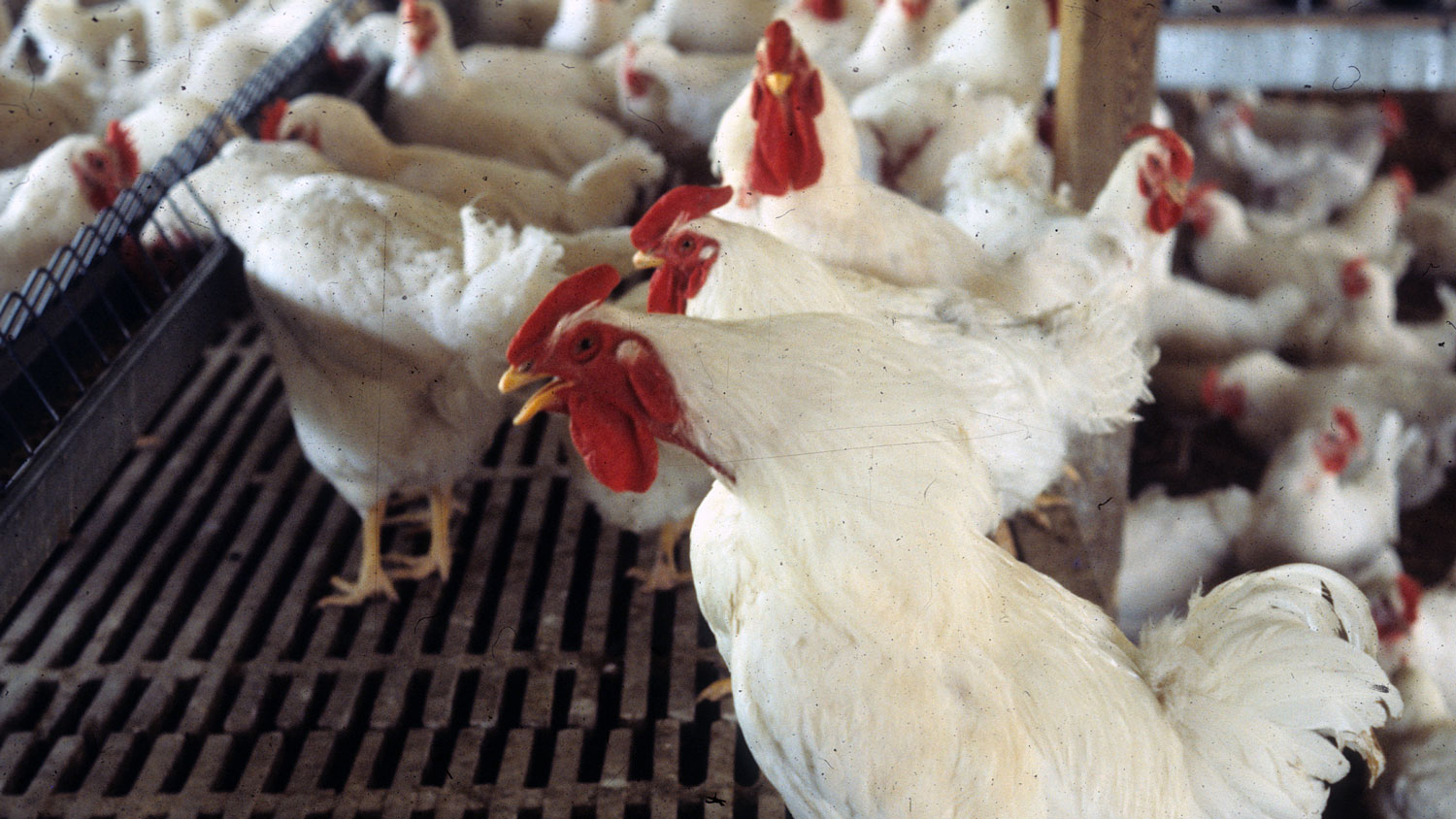Two CALS faculty involved in award-winning crop protection efforts
Two College of Agriculture and Life Sciences faculty members were involved in award-winning efforts to protect soybean growers from Asian soybean rust, a new disease that threatened the United States soybean crop beginning in 2004.
Dr. Steve Koenning, research associate professor in plant pathology, and Dr. Jim Dunphy, professor of crop science, led efforts in North Carolina to protect growers from the disease.
When soybean rust was first seen in the U.S. in 2004, it raised considerable concern because the disease had previously caused soybean yield losses of up to 80 percent in South America. Several multistate efforts were mounted to help protect soybean farmers.
The National Institute of Food and Agriculture, part of the U.S. Department of Agriculture, organized an effort called NCERA-208, Response to Emerging Soybean Rust Threat. NCERA stands for North Central Extension Research Activity.
At roughly the same time, the Southern Region Integrated Pest Management Center, which is located at North Carolina State University, organized what it called the Soybean Rust PIPE. PIPE stands for Pest Information Platform for Extension and Education.
Last November, NCERA-208 was recognized with the 2012 Experiment Station Section Award of Excellence in Multistate Research. The National Institute of Food and Agriculture and the Association of Public and Land-Grant Universities present the award to recognize successful, well-coordinated, high-impact research and extension efforts. NCERA-208 involved scientists representing more than 30 land-grant universities, federal agencies and industry associations.
Earlier in 2012, the Soybean Rust PIPE was a winner of an International Award of Excellence given during the Seventh International IPM Symposium in Memphis. IPM stands for integrated pest management and involves using a range to pest control techniques to control pests economically and with minimal environmental and human health impact.
In North Carolina, Koenning and Dunphy were instrumental in developing a soybean rust advisory and locating so-called sentinel soybean plots across the state. The advisory tells growers when soybean rust has infected crops in the state or is likely to infect crops. Sentinel plots are designed to indicate when the disease is moving into the state.
Soybean rust is a fungal disease that is spread by windblown spores, which require humid, warm weather to germinate. While fungicides are available that will control the disease and protect crops, farmers can face difficult decisions regarding when to spray their crops with fungicide.
The soybean rust advisory and sentinel plots tell farmers when soybean rust is a threat and they should spray their crops. Without such information, farmers have little choice but to spray fungicide on a regular schedule, whether the pesticide is needed or not.
Koenning estimates that the advisory efforts of NCERA-208 and the Soybean Rust PIPE save North Carolina farmers about $15 million annually by allowing them to apply fungicide only when needed as opposed to a regular schedule.
Written by: Dave Caldwell, 919-513-3127 or dave_caldwell@ncsu.edu


